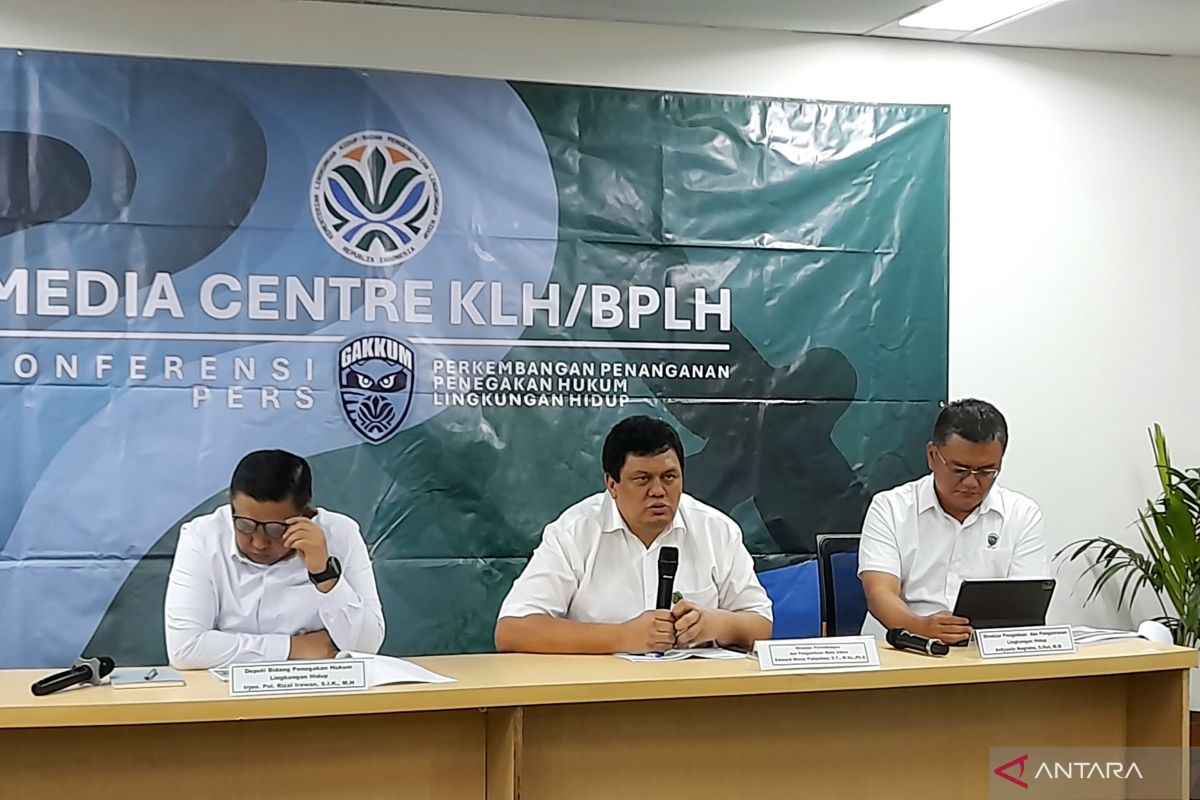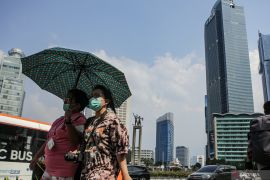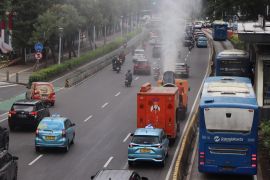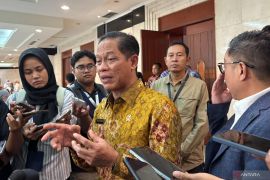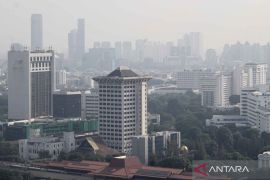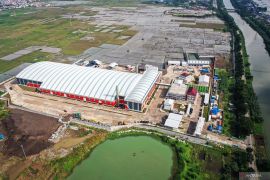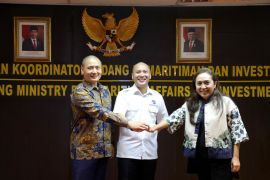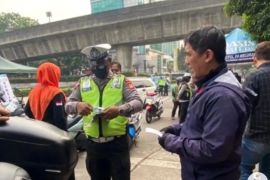The ministry's Director of Air Quality Protection and Management Edward Nixon Pakpahan stated here on Wednesday that the use of public transportation must go hand in hand with improvements in fuel quality.
“With more people using public transportation, private vehicle use will decrease. If fuel quality is also improved, such as by lowering the sulfur content and expanding public transport electrification, our assessments show air pollution could decrease by up to five percent," he explained.
Citing scientific studies, Pakpahan noted that there are five main contributors to air pollution in Indonesia.
He explained that motor vehicle emissions rank first, accounting for 32–41 percent of pollution during the rainy season and 42–57 percent in the dry season. Industrial emissions, especially from coal-fired industries, contribute about 14 percent.
Related news: Subsidized low-sulfur fuel can be answer to pollution: govt
Other sources include open or illegal waste burning and agricultural land clearing fires, which contribute 11 percent in the rainy season and nine percent in the dry season. Construction dust accounts for 13 percent, while secondary aerosols make up 6–16 percent during the rainy season and 1–7 percent in the dry season.
Motor vehicle emissions are particularly high due to the poor quality of fuel, particularly high sulfur content.
“The sulfur content in Indonesian gasoline ranges from 350 to 550 parts per million (ppm), and for diesel, it can reach up to 1,200 ppm,” he remarked.
To address this issue, he called for a policy to promote the use of low-sulfur fuel, not just in the Greater Jakarta area but across Indonesia.
He also urged local governments, schools, offices, and public facilities to provide safe indoor spaces free from hazardous air pollutants, such as by distributing free face masks.
Related news: RI Govt intensifies air pollution supervision in Greater Jakarta
Translator: Lintang, Kenzu
Editor: Rahmad Nasution
Copyright © ANTARA 2025
